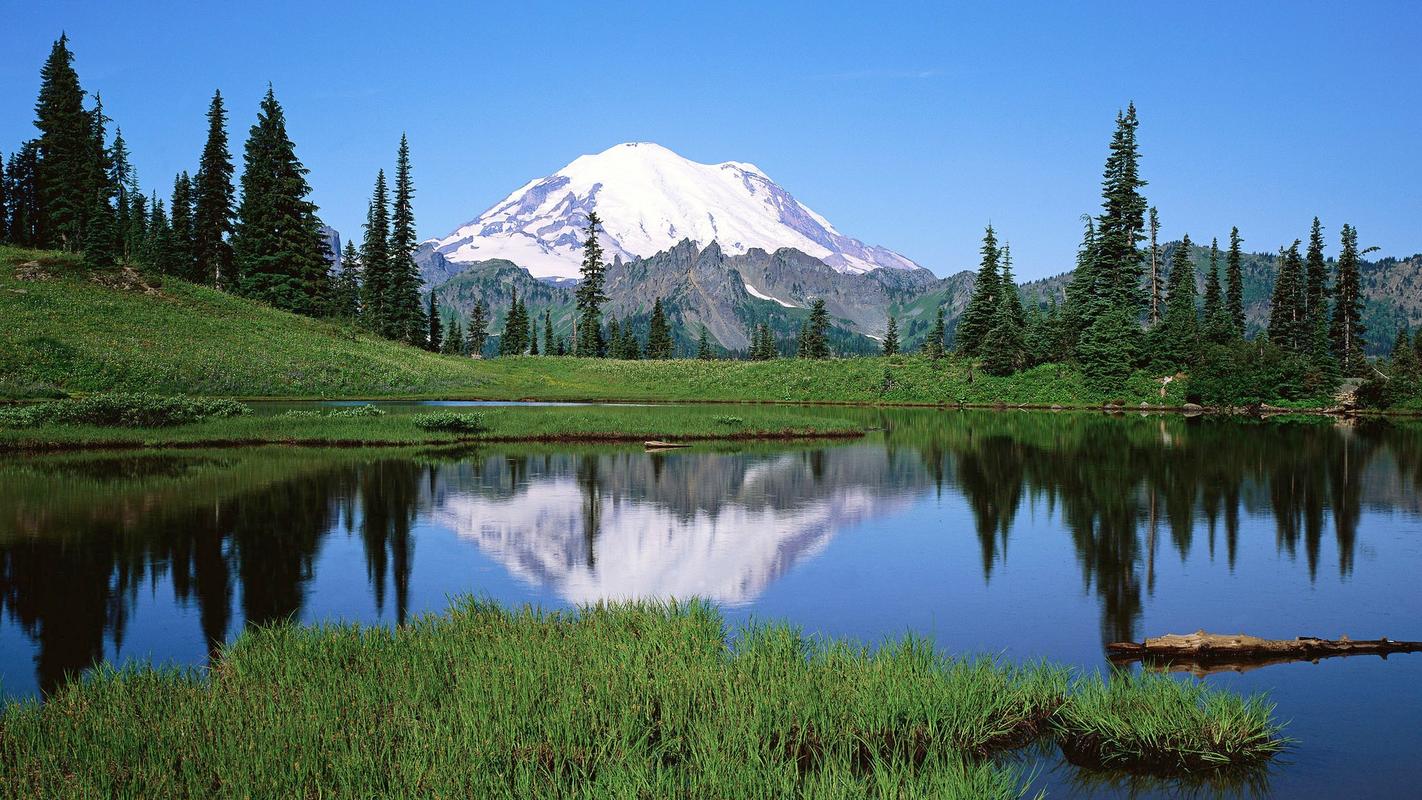Philippine Popular Culture Lesson 4: Uncovering the Fascinating Insights
Philippine popular culture is a melting pot of diverse cultures, traditions, and beliefs. It represents a unique blend of the country’s rich history, its people’s rich creativity, and diverse influences from around the world. With the growing usage of social media and the internet, Philippine popular culture has become more accessible worldwide. Here, in this article, we will uncover the fascinating insights on Philippine Popular Culture Lesson 4, highlighting its history, similarities, and differences from other cultures, and how it is shaping up the present generations.
The History of Philippine Pop Culture
Philippine popular culture has its roots in the country’s colonial past. With the arrival of the Spanish in the 16th century, the country saw the emergence of art forms and expressions that were mainly influenced by Spanish cultures. Among the prominent art forms was the theater, music, and dance. Fast forward to the 20th century, the country saw a great transformation in its popular culture. It was heavily influenced by western culture, particularly from the United States, which provided a new set of art forms readily embraced by the people.
The Emergence of Pop Culture
Pop Culture in the Philippines emerged in the 1950s with the rise of television. It paved the way for the entertainment industry to grow, making it the most prominent form of pop culture in the country. It was during this time when music, films, and television shows became mainstream. In the 1970s and 1980s, the influence of western pop culture was replaced by locally made creations, such as songs and movies. These art forms not only captured the hearts of Philippine audiences but also became popular overseas.
Similarities with other cultures
Philippine popular culture shares many similarities with other countries in Southeast Asia. Its music, dance, and festivals are similar to those found in Indonesia and Malaysia. The most popular dance form in the Philippines is the Tinikling. It is a traditional dance where dancers use bamboo poles to tap rhythms on the ground. This dance form is similar to those found in Indonesia and Malaysia where they use similar types of bamboo poles. The fusion of local art forms with other cultures has made Philippine popular culture unique and attractive globally.
Differences in Philippine culture
Philippine culture is also diverse, with each region having its own distinct characteristics and traditions. These differences can be seen in the language, food, music, and dance forms. Besides, the country’s religious and historical background has also influenced its popular culture. The Catholic Church has played a significant role in shaping the country’s popular culture. Philippines’ population is predominantly Christian; hence there is a significant influence of religious festivals and events, such as the Sinulog festival in Cebu, where people honor the Santo Niño, the Holy Infant Jesus.
The present generation and Pop Culture
Today, Philippine popular culture is continuously evolving. With the rise of social media and the internet, there is more access than ever to popular culture locally and globally. It has provided a platform for young, creative minds to showcase their skills, whether through music, art, or film. Philippine popular culture has become a tool of self-expression and communication among the younger generation. It has contributed significantly to the country’s tourism industry and has made the country proud of its cultural heritage and uniqueness.
Conclusion
Philippine popular culture is a fascinating subject and has molded the country’s culture and heritage. The unique blend of its past and present has created an environment where creativity, diversity, and innovation are celebrated. With the growing popularity of social media and the internet, Philippine popular culture has become accessible globally, making the country’s popular culture one of the most exciting and diverse in the world. Whether it’s music, dance, film, or festivals, Philippine popular culture will continue to fascinate local and international audiences for years to come.
(Note: Do you have knowledge or insights to share? Unlock new opportunities and expand your reach by joining our authors team. Click Registration to join us and share your expertise with our readers.)
Speech tips:
Please note that any statements involving politics will not be approved.
